Description
Accounting is the most employable, sought-after major for 2009, according to entrylevel job site CollegeGrad.com. One reason for this interest is found in the statement by former Secretary of the Treasury and Economic Advisor to the President, Lawrence Summers. He noted that the single-most important innovation shaping our capital markets was the idea of generally accepted accounting principles (GAAP). We agree with Mr. Summers. Relevant and reliable financial information is a necessity for viable capital markets. Without it, our markets would be chaotic, and our standard of living would decrease.
This textbook is the market leader in providing the tools needed to understand what GAAP is and how it is applied in practice. Mastery of this material will be invaluable to you in whatever field you select.
Through many editions, this textbook has continued to reflect the constant changes taking place in the GAAP environment. This edition continues this tradition, which has become even more significant as the financial reporting environment is exploding with major change. Here are three areas of major importance that are now incorporated extensively into this edition of the text.
Based on extensive reviews, focus groups, and interactions with other intermediate accounting instructors and students, we have developed a number of new pedagogical features and content changes, designed both to help students learn more effectively and to answer the changing needs of the course.



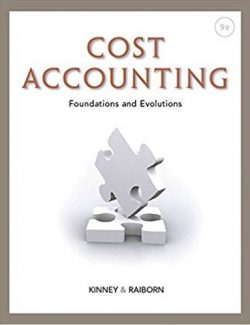


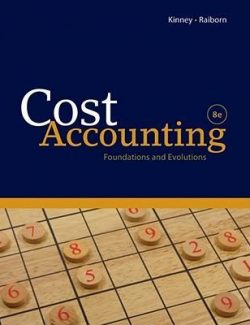



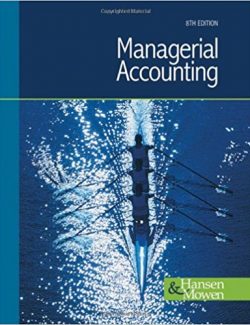
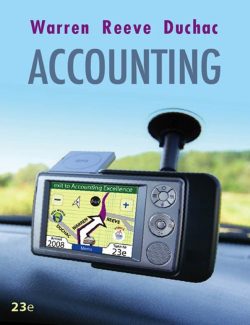
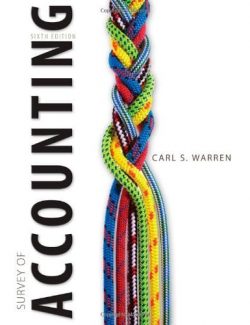
Leave us a comment
No Comments